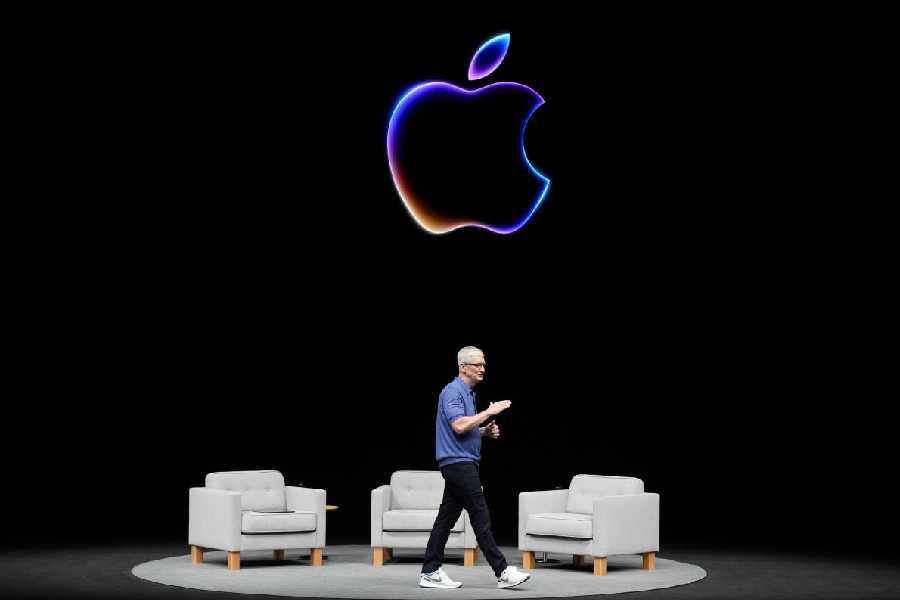Nearly two years after OpenAI ignited a race to add generative artificial intelligence into products, Apple jumped into the competition Monday, as it revealed plans to bring the technology to more than 1 billion iPhone users around the world.
During a two-hour presentation from its futuristic Silicon Valley campus, Apple said it would be using generative AI to power what it is calling Apple Intelligence. The system will prioritize messages and notifications and will offer writing tools that are capable of proofreading and suggesting what users have written in emails, notes or text. It also will result in a major upgrade for Siri, Apple’s virtual assistant.
Apple’s plan to offer AI in its iPhones represents the next step in bringing AI into the consumer mainstream. Apple, the marquee name of Silicon Valley, could do more than any other company to add credibility to a technology that has more than a few critics, who worry that it is mistake-prone and could add to the flood of misinformation already on the internet.
Apple’s new AI features could also help calm concerns that the iPhone maker had slipped behind its biggest rivals in the tech industry’s embrace of artificial intelligence. The value of other tech companies, including Microsoft and Nvidia, has ballooned because of their aggressive AI plans. Earlier this year, Microsoft dethroned Apple as the most valuable technology company in the world.
While introducing its new AI, Apple emphasized how it planned to integrate the technology into its products with privacy in mind.
It said the computer processing would be done on an iPhone rather than in data centers, where personal information has a greater risk of being compromised. For complex requests that require more computing power, it has created a cloud network with Apple semiconductors that, it said, is more private because it’s not stored or accessible, even by Apple.
Apple struck a deal with OpenAI, the maker of ChatGPT, to support some of its AI capabilities. Requests that its system can’t field can be directed to ChatGPT, if users choose to do so.
The New York Times News Service











